SHARE

Real Estate App Development Costs: A Complete Breakdown for Startups & Investors

Building a real estate app is no longer limited to showing property listings. From apps like Zillow to smart building apps with IoT integrations, the scope has grown—so have the costs. Startups and investors often ask: How much does real estate app development cost? The answer depends on features, platforms, and long-term goals. This article explains what drives cost, expected ranges, latest trends, and how to budget smartly.
Table of Contents
Why Real Estate Apps Matter

A Real Estate App lets users search, view, and list properties on mobile or web. Popular examples include apps like Zillow, Realtor.com, and Magicbricks.
But today, real estate apps are expanding into smart building apps. These link with IoT devices to control lighting, energy, and security in smart buildings. Adding such features is innovative, but it also increases the real estate app development cost.
Also Read: How to Develop Commercial Real Estate Apps
What Drives Real Estate App Development Cost
Several factors influence cost:
- Features: The more complex the features, the higher the cost. Basic apps cover listings and search. Advanced ones add AR/VR tours, AI-driven recommendations, or smart building integrations.
- Platforms: A single platform (Android or iOS) is cheaper than building both. Cross-platform frameworks like Flutter can reduce cost.
- Design Quality: A polished user experience with animations and custom visuals requires more hours.
- Backend & Integrations: Databases, APIs, maps, MLS data, payments, and IoT integrations add expenses.
- Team Location: Developers in the US or Western Europe cost more than equally skilled teams in India or Eastern Europe.
- Compliance: Real estate data often requires strong security and adherence to local property laws.
- Maintenance: After launch, yearly updates and server scaling typically add 15–20% of the initial budget.
Cost Ranges You Should Expect
| Tier | Features | Cost Estimate (USD) | Timeframe |
|---|---|---|---|
| Basic | Listings, filters, map, user profiles, simple CMS | $20,000 – $60,000 | 2–6 months |
| Mid-Level | Messaging, saved favorites, push notifications, analytics, basic 3D/virtual tours, lead forms, admin CMS | $60,000 – $140,000 | 4–8 months |
| Advanced | AI recommendations, AR/VR tours, MLS/IDX integrations, smart-home IoT, payment systems, role-based dashboards, compliance | $140,000 – $350,000+ | 8–12+ months |
Breaking Down the Costs

Instead of one big number, think in phases:
- Planning & Research – ~5–10% of cost. This includes requirement gathering, competitor analysis, and selecting the right tech stack.
- Design – ~10–25%. Covers UX wireframes, UI mockups, and prototypes.
- Frontend Development – ~20–30%. Building user interfaces for Android, iOS, or web.
- Backend Development – ~25–35%. APIs, servers, MLS integration, smart building data handling.
- Advanced Features – Costs vary. AR/VR walkthroughs or smart building integrations add significant overhead.
- Testing & QA – ~5–10%. Ensures smooth performance across devices.
- Launch – Small portion. App store publishing, compliance checks, and server deployment.
- Maintenance – Ongoing. Usually, 15–20% of the initial development cost per year.
Smart Building Apps: A Growing Cost Factor
Smart building features are a major 2025 trend. These apps connect to on-prem and cloud IoT systems for energy management, access/security, occupancy, and predictive maintenance. Because they require device/SDK integration, protocol handling (e.g., BACnet/Modbus/Zigbee), edge gateways, and extra security testing, they typically add ~15–35% to a project budget (often $20k–$100k in extra scope).
Example: If a mid-range build is $100,000, smart-building integrations can push the total to $120,000–$135,000 for a single vendor/system, and $150,000+ when multiple building systems or vendor certifications are involved. Ongoing costs (IoT cloud, device management, and on-site commissioning) should also be budgeted.
Trends Raising Costs but Adding Value
- AR/VR Property Tours – 3D walkthroughs that help buyers remotely experience properties.
- AI-Based Recommendations – Apps suggest properties based on behavior, preferences, or budget.
- Smart Building Integration – Links properties with IoT for security and energy monitoring.
- Green Building Metrics – Features to show sustainability ratings or energy efficiency.
- Enhanced Security – Identity verification, fraud checks, and data privacy features.
Real-World Example Comparisons

- Zillow-style platform: A lean MVP with listings, search, maps, saved favorites, and basic CMS typically runs $60,000–$120,000. A full-featured build with advanced search, MLS/IDX integrations, 3D tours, mortgages, and analytics is commonly $250,000–$600,000+.
- Magicbricks-level app: With video tours, agent/broker tools, lead routing/CRMs, and AI recommendations, expect $150,000–$400,000+. A streamlined version without heavy integrations usually lands $70,000–$140,000.
Comparison: Basic vs Feature-Rich vs Smart Building Apps
| Aspect | Basic App | Feature-Rich App | Smart Building / Advanced App |
|---|---|---|---|
| Listings & Search | ✅ | ✅ | ✅ |
| Maps & Filters | Basic | Interactive | Integrated with real-time data |
| Messaging | ❌ | ✅ | ✅ |
| AR/VR Tours | ❌ | Basic | High-quality, immersive |
| AI Recommendations | ❌ | Limited | Full ML personalization |
| Smart Building IoT | ❌ | ❌ | ✅ |
| Estimated Cost | $20k–$60k | $60k–$140k | $140k–$350k+ |
Hidden Costs That Are Often Ignored
Many startups underestimate secondary expenses:
- Licensing fees for MLS (Multiple Listing Services) or property data.
- Cloud hosting and server costs, increase as the user base grows.
- Third-party tools like map APIs, payment gateways, or virtual tour engines.
- Marketing & user acquisition—a fantastic app still needs a budget for promotion.
- Legal compliance & documentation, which vary by country.
These hidden costs can easily add another 10–20% to your total spend.
Monetization Strategies for Real Estate Apps
The way you plan to earn revenue also affects the features (and thus cost):
- Freemium + Premium Listings – Agents or sellers pay to highlight listings.
- Subscription Plans – Monthly fees for advanced analytics, smart building dashboards, or unlimited listings.
- Commission-based Models – A percentage of transactions done via the app.
- In-app Advertising – Revenue from property-related ads.
- Partnerships with Smart Building Services – If your app integrates IoT, you can partner with energy or security service providers.
Future Outlook
Real estate apps are shifting from simple search platforms to lifestyle and property management hubs. Future apps will:
- Offer AI-powered predictive investments, telling buyers the best time to purchase.
- Provide green and sustainable building insights.
- Integrate blockchain for secure transactions and ownership proof.
- Work with smart buildings to manage homes remotely.
This evolution means costs will rise, but so will opportunities for investors and startups to capture value.
How Startups & Investors Can Save Costs
- Begin with an MVP instead of a full app.
- Focus on must-have features like listings, search, and agent contact.
- Leverage cross-platform development to reduce duplicated work.
- Use existing APIs (maps, AR/VR, payments) instead of building from scratch.
- Plan scaling and updates to avoid surprise expenses.
Why Some Real Estate Apps Succeed While Others Fail
Not every real estate app gains traction, even if a company spends hundreds of thousands of dollars. Cost is only part of the equation. Success often depends on:
- Trust & Data Accuracy: If property listings are outdated or fake, users leave quickly. Zillow’s success is partly due to verified, high-quality data.
- User Experience: An app can have all the features in the world, but if navigation is clunky or the app crashes often, users won’t return.
- Market Fit: Apps that focus too broadly sometimes fail. Many smaller startups succeed by targeting niche markets (for example, luxury rentals, student housing, or green/sustainable homes).
- Scalability: Apps that cannot handle traffic spikes, such as when a popular property goes viral, often struggle.
- Agent Engagement: Apps must also win the trust of realtors and property owners. If agents don’t list, buyers won’t come.
Must-Have Features for Different Users
When planning your real estate app, think beyond the word features—instead, think about who benefits.
For Buyers & Renters:
- Property search with detailed filters (location, price, amenities).
- Interactive map with school, hospital, and transport info.
- 360° property photos or virtual tours.
- Mortgage calculators and affordability tools.
For Sellers:
- Easy property upload with photos and videos.
- Price estimation tools.
- Option to pay for premium placement.
For Agents & Brokers:
- Lead management dashboards.
- Secure messaging with buyers.
- Analytics on property views and interest.
- Integration with CRM tools.
For Investors:
- Market insights and price trends.
- Smart building analytics (energy use, occupancy, ROI).
- Advanced property comparison tools.
- Secure transaction modules.
By mapping features to users, you avoid overspending on “nice to have” elements that don’t bring real value.
Integrating Emerging Tech for Future-Proofing
The real estate market is evolving, and app owners must think long-term. Adding features that align with emerging property trends can increase both adoption and revenue:
- Blockchain-powered property titles for transparent ownership transfers.
- AI chat assistants to answer property-related queries instantly.
- IoT-enabled smart building dashboards showing live data on temperature, lighting, or energy efficiency.
- Big data analytics to predict future property values for investors.
Though these raise real estate app development cost, they also ensure your app won’t feel outdated in 2–3 years.
Investor Tip: Start Small, Scale Fast
A common mistake is to build the “dream app” with all possible features upfront. This usually delays launch and drains budgets. A better approach:
- Launch a core app with listings, maps, and messaging.
- Track how users behave—do they spend more time on search, on agent profiles, or on virtual tours?
- Add revenue-driving features first, such as premium listings or subscription dashboards.
- Gradually integrate smart building apps features once you have a stable user base.
- This phased approach lowers financial risk while still delivering long-term value.
Conclusion
Real estate app development costs span roughly $20,000 to $350,000+ in 2025, with the high end driven by MLS/IDX integrations, smart-building IoT, and AI features. Budget aside, success comes from prioritizing the right user journeys, ensuring trustworthy and compliant property data, and planning for ROI and ongoing maintenance.
If you are planning your app, Diligentic Infotech can help you structure costs, prioritize features, and build an MVP that scales into a powerful real estate platform. Let’s talk and get started.
FAQs
How long does it take to build a real estate app?
Anywhere from 4 months for a basic app to 12+ months for advanced apps with smart building or AR/VR.
What is the biggest factor in real estate app development cost?
Feature complexity. Adding smart building, AI, or AR/VR drastically increases costs.
Can I build an app like Zillow on a budget?
Yes, but start with an MVP focusing on listings, search, and maps. Zillow-level features will need larger budgets.
What security concerns do real estate apps face?
Data privacy, secure payments, and regulatory compliance are paramount. Use encrypted databases, regular security audits, and legal vetting to build trust.
Do I need separate apps for Android and iOS?
Not necessarily. Cross-platform frameworks like React Native or Flutter can reduce cost.
Engage with our experts
Subscribe to our newsletter!
Be the first to get exclusive offers and the latest news.

